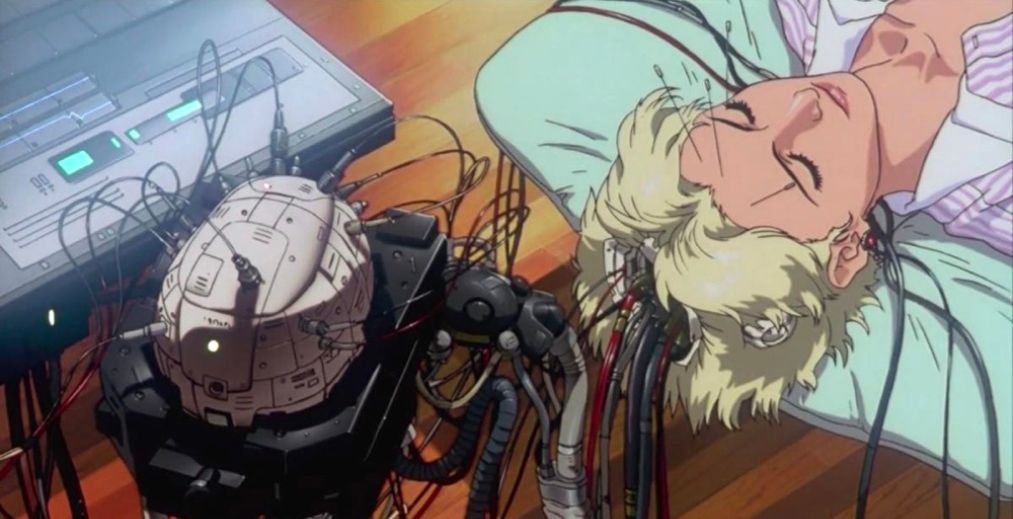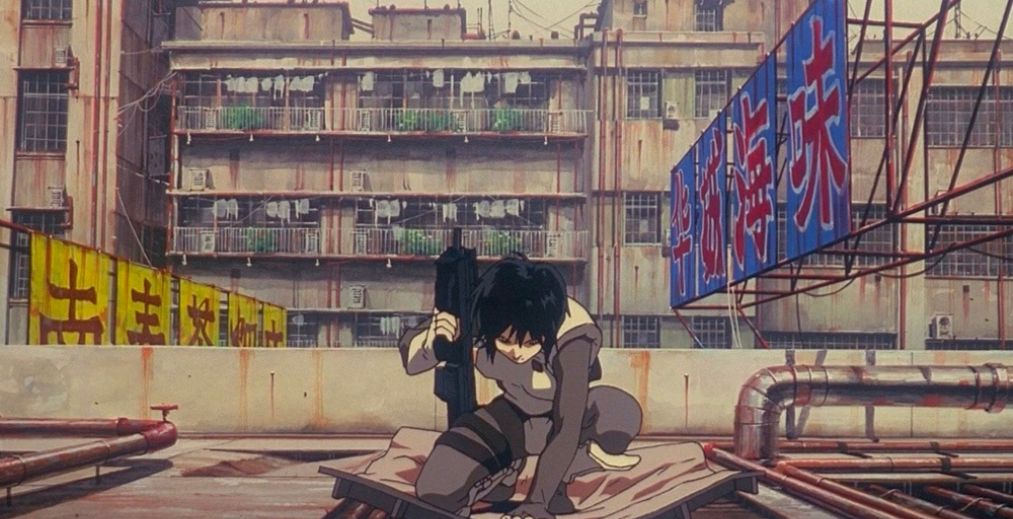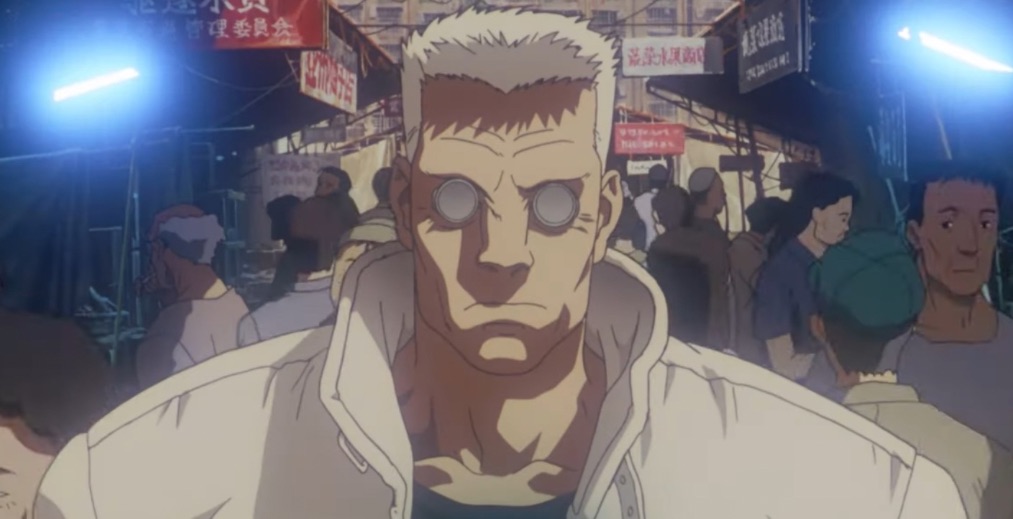
How Does The Original ‘Ghost In The Shell’ Hold Up 30 Years Later?
In 1995, Ghost in the Shell debuted. Directed by Mamoru Oshii, written by Shirow Masamune and Kazunori Itô, based on the manga The Ghost in the Shell by Shirow Masamune, and animated by Production I.G., this film introduced a future version of Tokyo where the lines between organic and cybernetic have begun to blur. The story centers on the members of an elite government task group, Section 9, who investigate cyber crimes and protect the public from corrupt government and commercial organizations. It uses its setting to explore the nature of consciousness, humanity, and what defines life, and delivers some sci-fi action for good measure.
After its release, the film grew in popularity, spawning follow-ups within both feature film and television mediums. Today, it is considered one of the most influential anime films of all time. But how does it hold up 30 years later?
Get BWT in your inbox! Subscribe to our weekly newsletter and get the latest and greated in entertainment coverage. Click Here Get BWT in your inbox! Subscribe to our weekly newsletter and get the latest and greated in entertainment coverage. Click HereAt the center of this film are its themes. It looks at the dangers of cybernetic integration and questions consciousness and what life is. Every aspect of the presentation feels crafted to highlight and augment the story’s thematic elements. This exploration raises interesting questions while not providing any clear answers.
The lack of clear answers isn’t a failure on the part of the film. Its deliberate choice to withhold judgment leaves the viewer on their own to ponder what conclusions should be garnered from the narrative. This makes Ghost in the Shell a truly thought-provoking piece of cinema. Many of the most intellectually engaging pieces of media are those that leave powerful questions in their wake, making their presence in people’s minds linger long after the credits roll.
Ghost in the Shell (1995) leans heavy on the philosophical.
The lack of resolution to some of the film’s most central questions also serves to build up the disquieting atmosphere that hangs over the narrative. There is always a sense of unease throughout the film’s story. Few things feel firm in their existence, always leaving a general sense of doubt in the air. From early in the film, when it’s established that memories can be erased and implanted in people’s brains, what is real feels eternally suspect.
As is often the case, Ghost in the Shell‘s choice to focus on the thematic leaves its narrative feeling a bit thin. There is enough here to provide a framework for the movie’s central focus, but beyond that, there isn’t anything to write home about. This matters little, thanks to the heavy themes and strong visuals.
Like many of the great ’90s anime, Ghost in the Shell’s animation leaves little to be desired. The character animation is smooth, and environmental elements like water are painstakingly crafted, delivering eye-catching results. How the animation presents the franchise’s signature thermoptic camouflage also holds up well. But while the animation as a whole is great, there is one moment that stands above all the others, rivaling even today’s best.
In the film’s climactic encounter the film’s lead, Major Kusanagi, finds herself pitted against a heavily armored tank. She manages to get on top of her advisory and tries to pull open the tank’s hatch with the enhanced strength of her prosthetic body.
Visceral animation creates horrifying sequences.
From the rippling of Kusanagi’s muscles as she strains to open the hatch to the way her elbow and knee slowly rip apart as the stress becomes too much is pure, horrific art. It is terrifying yet compels you to watch due to its intricate and disturbing detail. The painstaking work done to create this moment of anguished determination is etched into every line and movement of the film’s protagonist, delivering a singular animated moment.
Combined with the stellar animation is a cinematography performance that, when it works, is fire. In terms of lighting choices and shot angles, the film makes some great decisions that hit many moments with increased success thanks to the camera work.
The only area where the cinematography frequently struggles is with shot length. Some shots are held for just a couple of seconds too long. It rarely feels like there is any point to the pregnant pauses these lingering moments create. It feels more like an attempt to be artistic by intentionally slowing the moment down, but with little effect.
Despite all the praise Ghost in the Shell deserves for much of its visual presentation, one element of its design hasn’t aged well. That is how it deals with Kusanagi and thermoptic camouflage. The fact that Kusanagi is required to strip naked to activate the system is ridiculous. It is obvious, due to no one else needing to meet this requirement, that its sole purpose is to sexualize Kusanagi. It undercuts her character, serving as little more than a distraction from what she is doing. Happily, future instalments in the franchise rectified this situation.
The lack of connection to the characters is a missed opportunity.
Speaking of The Major, we come to another element of this film that bears discussion: the characters. This is the hardest element of the film for me to fairly examine. As a huge fan of the franchise as a whole, the team members of Section 9 comprise one of my favorite anime ensembles. There is a depth to the small moments of their interactions that bring a great group dynamic to them. Sadly, these elements are not present in the movie.
Setting aside outside expectations, Ghost in the Shell does little with any of its cast on a personal level. Only one significant scene dives a bit into Kusanagi as a character, with virtually no time given to anyone else. This leaves the film lacking any personal warmth or emotional resonance, leaving its impact purely intellectual. This causes elements of its narrative to land with less emotional impact than it could’ve.
While the writing fails to create a sense of connection with its characters, it does manage to introduce its narrative elements smoothly. Who people are, what’s going on, and why organizations/individuals are doing what they are is spelled out in ways that are clear and flow smoothly within scenes. This helps the film focus on its core elements, without frequently stopping to explain what is going on in the technologically advanced setting. It would be all too easy to get lost in the weeds of technobabble.
For those of us who were discovering anime for the first time in the late ’90s and early 2000s, Ghost in the Shell (1995) was one of the first “adult animation” we’d experience that was a certifiable work of art. It plunges into depths of themes that still resonate to this day. While its often shallow characters, sometimes slow camera work, and particular choices towards Kusanagi hold it back from hitting as hard as I remembered, it still deserves a ton of praise. Its animation, mood, and depth make it a worthwhile watch, beyond its place in anime history. It may not be as singular as it once was, but it’s still an artistic, if flawed, gem.
Ghost in the Shell (1995) can be streamed on Fandango at Home Free and Pluto TV and purchased digitally at several online outlets.
AP by OMG
Asian-Promotions.com |
Buy More, Pay Less | Anywhere in Asia
Shop Smarter on AP Today | FREE Product Samples, Latest
Discounts, Deals, Coupon Codes & Promotions | Direct Brand Updates every
second | Every Shopper’s Dream!
Asian-Promotions.com or AP lets you buy more and pay less
anywhere in Asia. Shop Smarter on AP Today. Sign-up for FREE Product Samples,
Latest Discounts, Deals, Coupon Codes & Promotions. With Direct Brand
Updates every second, AP is Every Shopper’s Dream come true! Stretch your
dollar now with AP. Start saving today!
Originally posted on: https://butwhytho.net/2025/04/ghost-in-the-shell-1995-retrospective/